Travel Grant Awardee Gallery Page
The following Student, Postdoc, and Early Career workshop participants were selected as Travel Grant Awardees for our original in-person workshop, pre-COVID. Although they were unable to travel to our workshop, we honor their achievements on this page – contact info is available on request.
- Osama Alian
- Karen Alvarez
- Anirudh Bhat
- Christopher Bennett
- Dana Burton
- Kathryn Bywaters
- Tristan Caro
- Laura Casto
- Emily Costello
- Steven Dibb
- Emmy Hallett

Osama Alian
I'm a PhD candidate in microbiology studying the microbial communities in the Lost City hydrothermal vent field. By focusing on the ecology and biogeochemistry of this site, I'm interested in figuring out not just how they survive and thrive in that environment, but what it can inform us of the possible biological appearance and survival strategies in other serpentinite hosted systems that we may encounter in ocean worlds, amongst other planetary bodies.
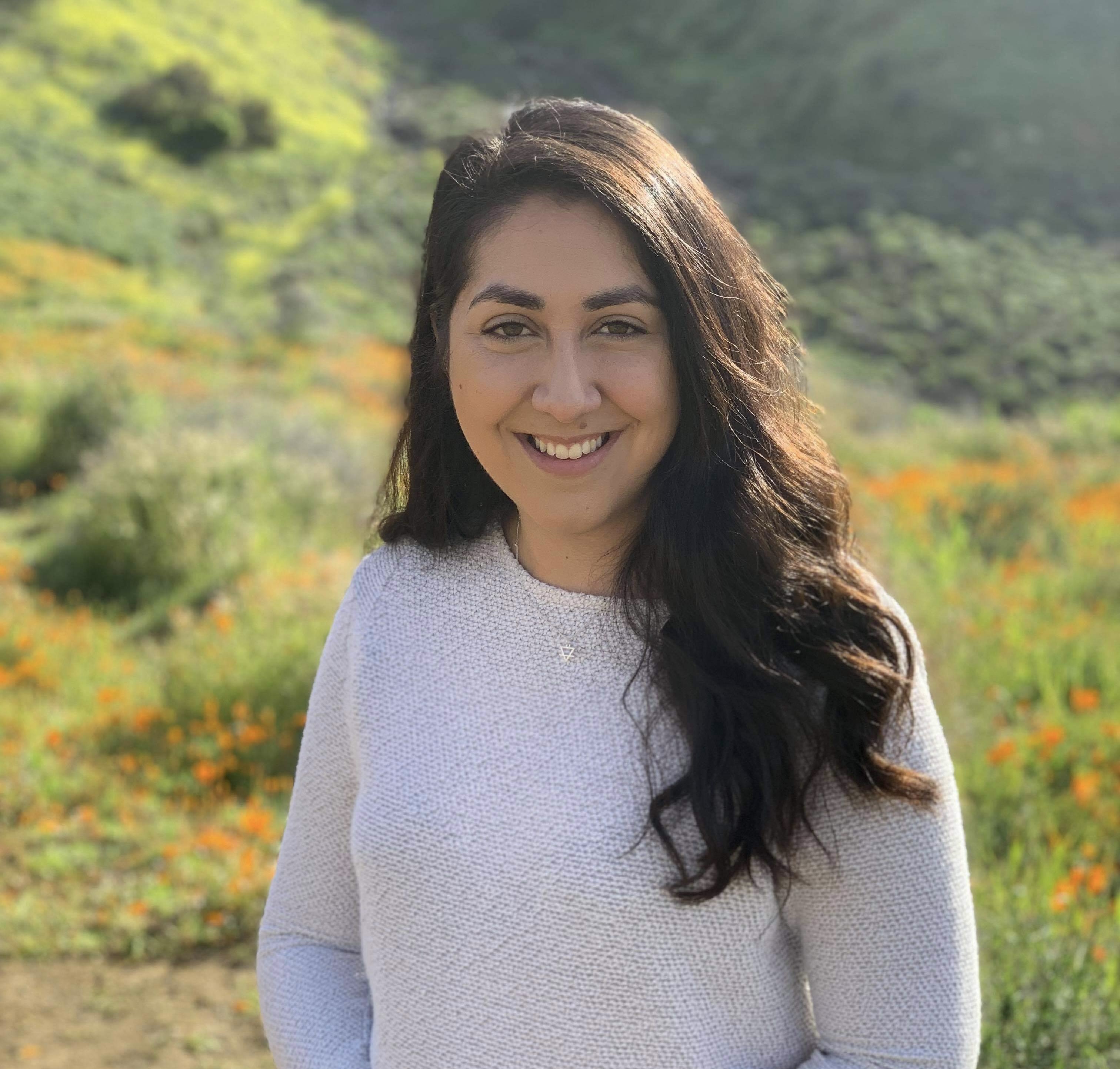
Karen Alvarez
Karen Alvarez is a master’s degree candidate in the Geological Sciences Department at Cal Poly Pomona. Her thesis research is focused on characterizing the San Andreas Fault at the Durmid Hill Region using ground-based magnetics, vertical deformation and resistivity measurements. Karen’s previous research experiences were in planetary science and space weather during her bachelor’s degree. She is interested in impact cratering and other planetary surface processes.
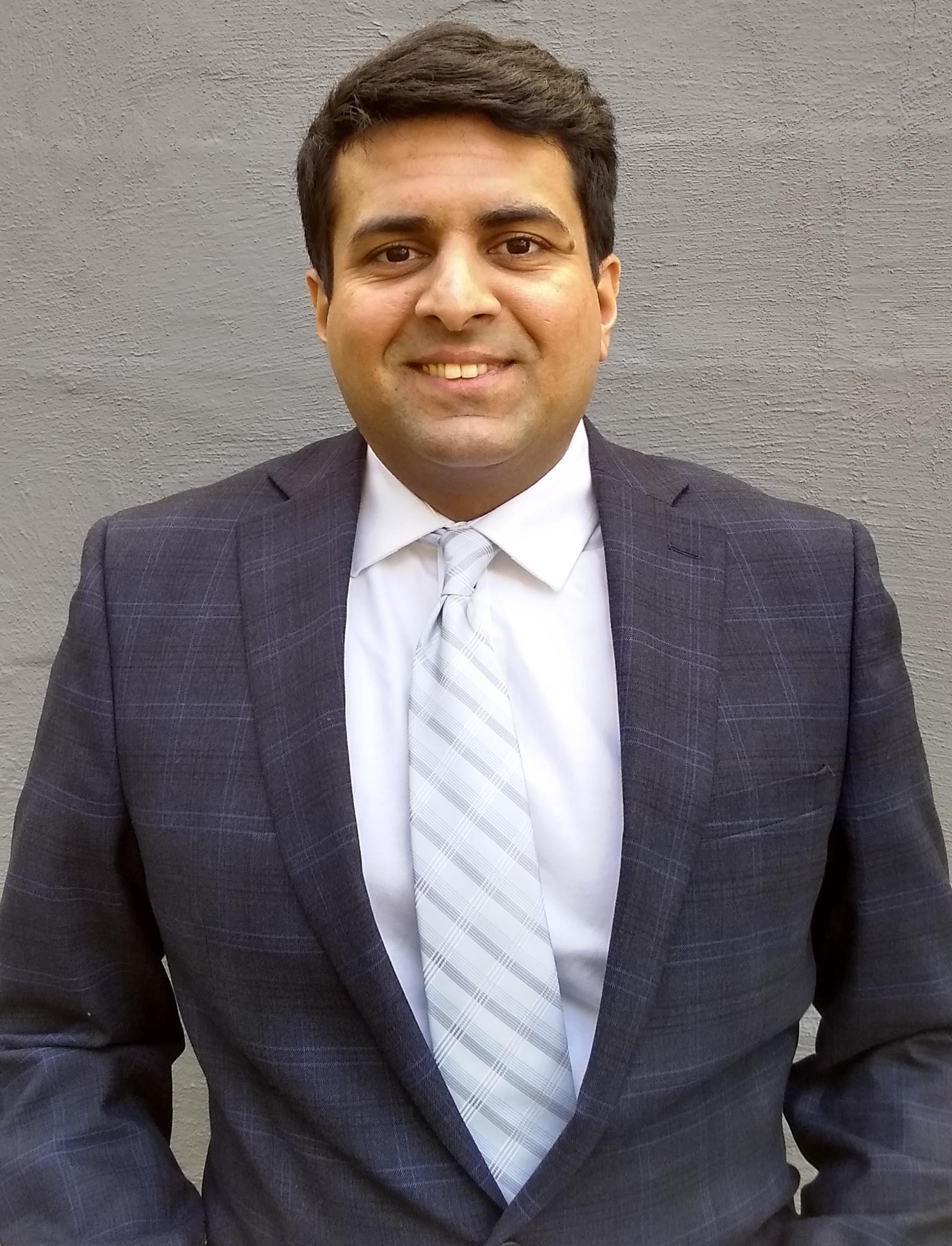
Anirudh Bhat
I am a Ph. D. candidate in the school of mechanical engineering at the Georgia Institute of Technology, graduating in summer 2021. My Ph. D. research involves the study of high throughput mechanical property characterization techniques, with a focus on extracting uniaxial stress strain curves using spherical indentation, applied to AM metal alloys. For my presentation at the “instrumentation for the Europa lander workshop (2020)”, I had proposed to discuss the use of sharp and spherical indenters to obtain mechanical properties, such as fracture toughness, creep, elastic modulus, strength and hardening of the ice layer on Europa, using a compact device. These properties are important to know for future missions, to tunnel into the layer for subsurface exploration. Currently, I am looking forward to starting my role at Medtronic as a senior R & D engineer after graduation, where I will be involved in research on artificial heart valves using computational and experimental techniques.
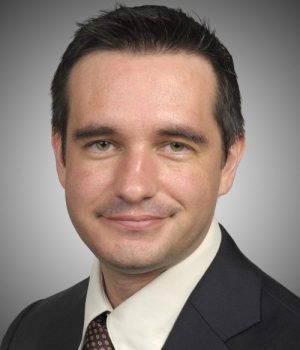
Christopher Bennett
Dr. Christopher Bennett is an assistant professor at the University of Central Florida, and acts as a deputy-PI for the Center for Lunar and Asteroid Surface Science (CLASS; a NASA SSERVI node). He studies the alteration of icy surfaces by energetic radiation (>18 years and >35 articles). He has expertise working with ultra-high vacuum set-ups in combination with a wide-range of analytical techniques (e.g., visible, infrared and Raman spectroscopies, mass spectrometry, SEM/TEM, etc.). In 2014, he participated in a mission concept study to send a spacecraft to Uranus for under $1 Billion (as part of JPL’s Planetary Science Summer School). He was recently awarded a PICASSO pilot study which aims to investigate the potential of a novel pump-probe technique, 3D-IR Raman spectroscopy, in planetary science. Regarding the Europa Lander mission, he is particularly interested in the search for biosignatures, and how to mitigate against the potential issues raised by false positives/negatives.
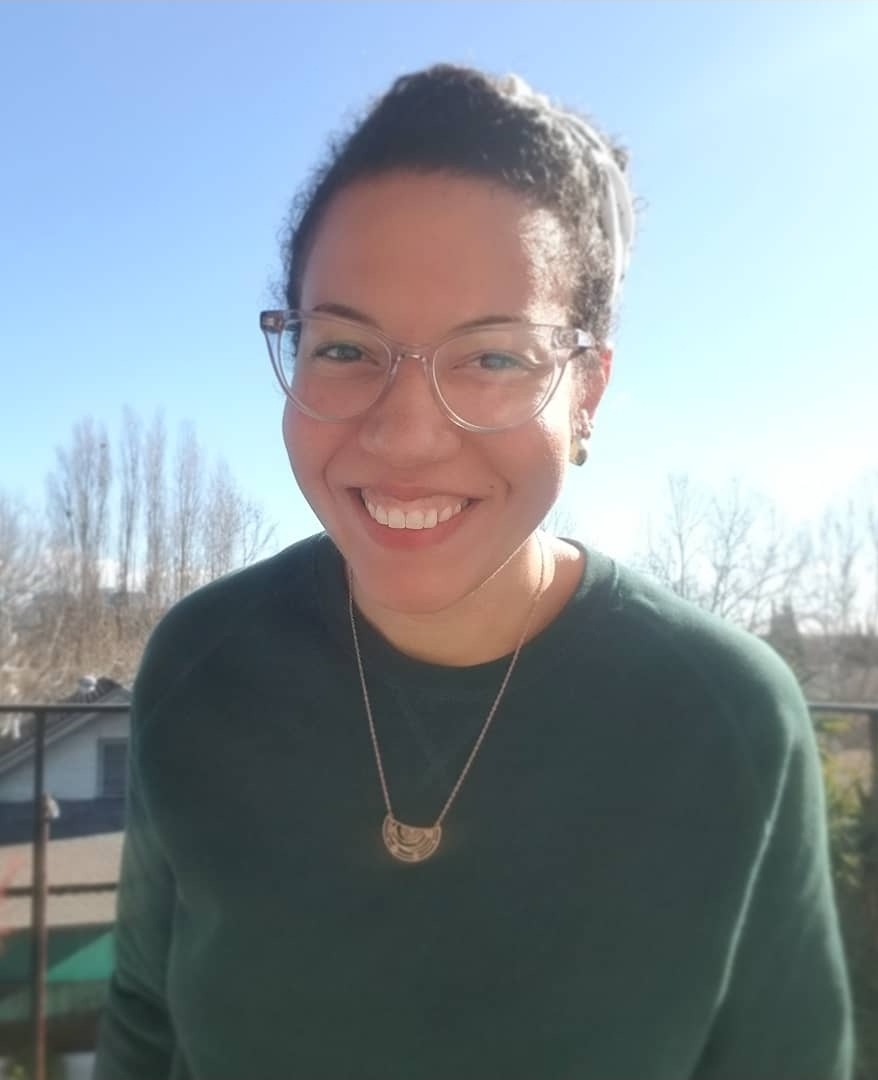
Dana Burton
Dana Burton is an anthropology PhD candidate at George Washington University. Her research follows NASA scientists’ search for evidence of life in outer space and investigates the methodological strategies scientists employ in their work. Her project analyzes processes of mission development, the categorization of biological and abiotic features, and the negotiation of technological detection thresholds to understand their impact on the epistemologies that underpin astrobiology. Dana's work is informed by nine-months of archival research conducted at the Library of Congress and NASA HQ through a SHOT-NASA Fellowship. This was followed by a year of ethnographic fieldwork funded by the Wenner-Gren Foundation and NSF that began at Ames Research Center in California and expanded to include a multi-sited network of NASA centers across the United States, as well as many academic, scientific, and commercial communities and nonhuman entities that are connected to life detection efforts.
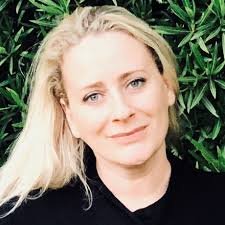
Kathryn Bywaters
Dr. Kathryn Bywaters is a recent, early career hire to Honeybee Robotics. Her background is in biology and her work has focused on life detection instrumentation development. She has been involved in the testing of potential spaceflight instrumentation in controlled laboratory and relevant analog environments (Devon Island in the Canadian High Arctic, Atacama Desert, etc.) As she continues her career at Honeybee Robotics, she will be assisting in the development and management of a wide range of flight forward technologies.
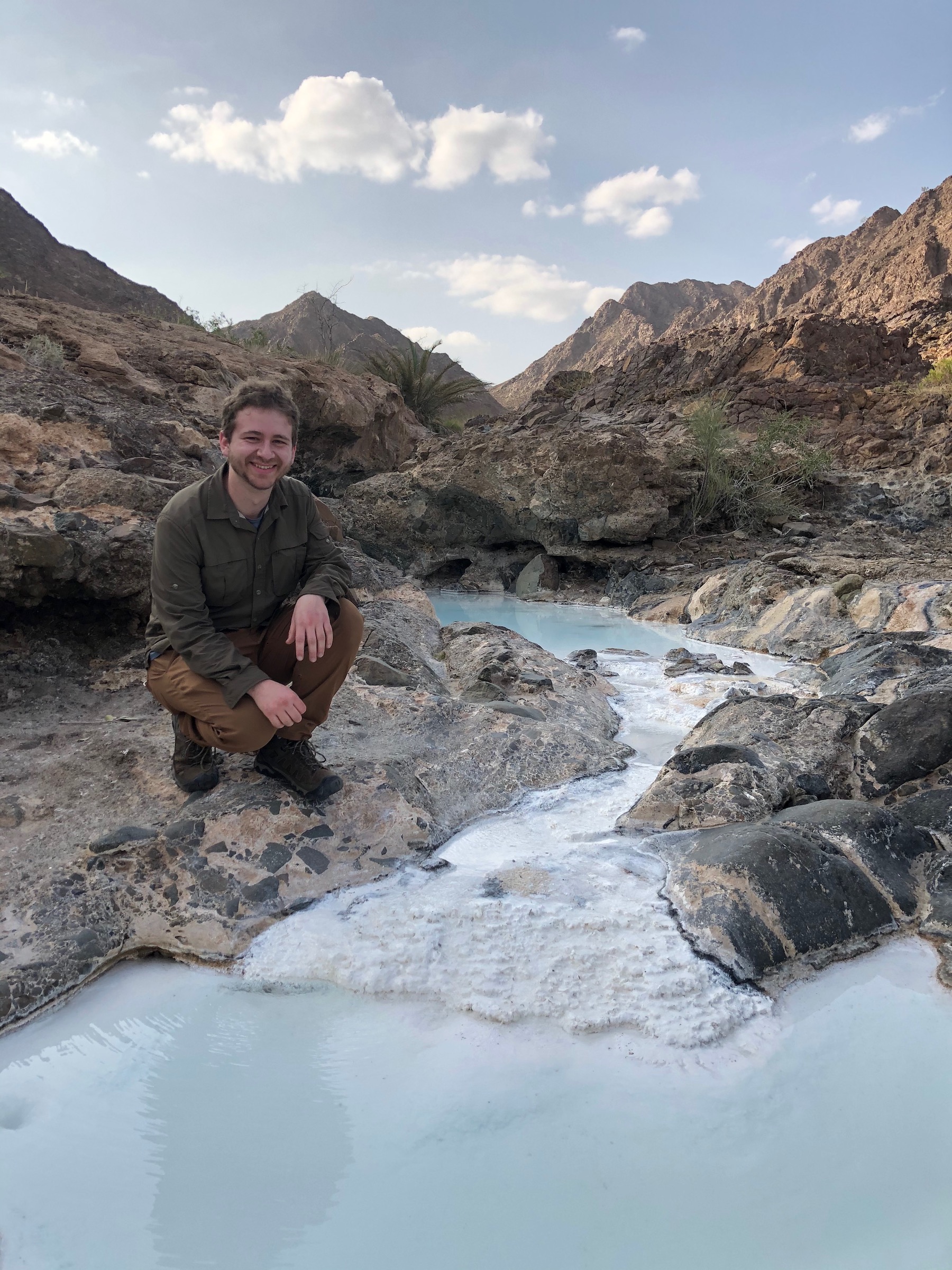
Tristan Caro
I’m a PhD student at the University of Colorado, Boulder, working with Dr. Alexis Templeton and Dr. Sebastian Kopf. Our research focuses on methods of quantifying microbial activity using lipid biomarkers. We are applying these methods to the Samail Ophiolite in Oman, a large peridotite structure that is undergoing active subsurface serpentinization. The energy-generating process of serpentinization, the reaction of water with ultramafic rock, is believed to have taken place on ancient Mars and is suspected to be present on some of the icy moons of our solar system. Serpentinization supports prolific microbial ecosystems and I am eager to investigate how microbial activity is spatially distributed in these systems. In 2021 I was awarded the NSF Graduate Research Fellowship and will continue to work in the Oman system on techniques of targeted life detection. I’m excited about lipids, isotopes, and open source computational techniques!
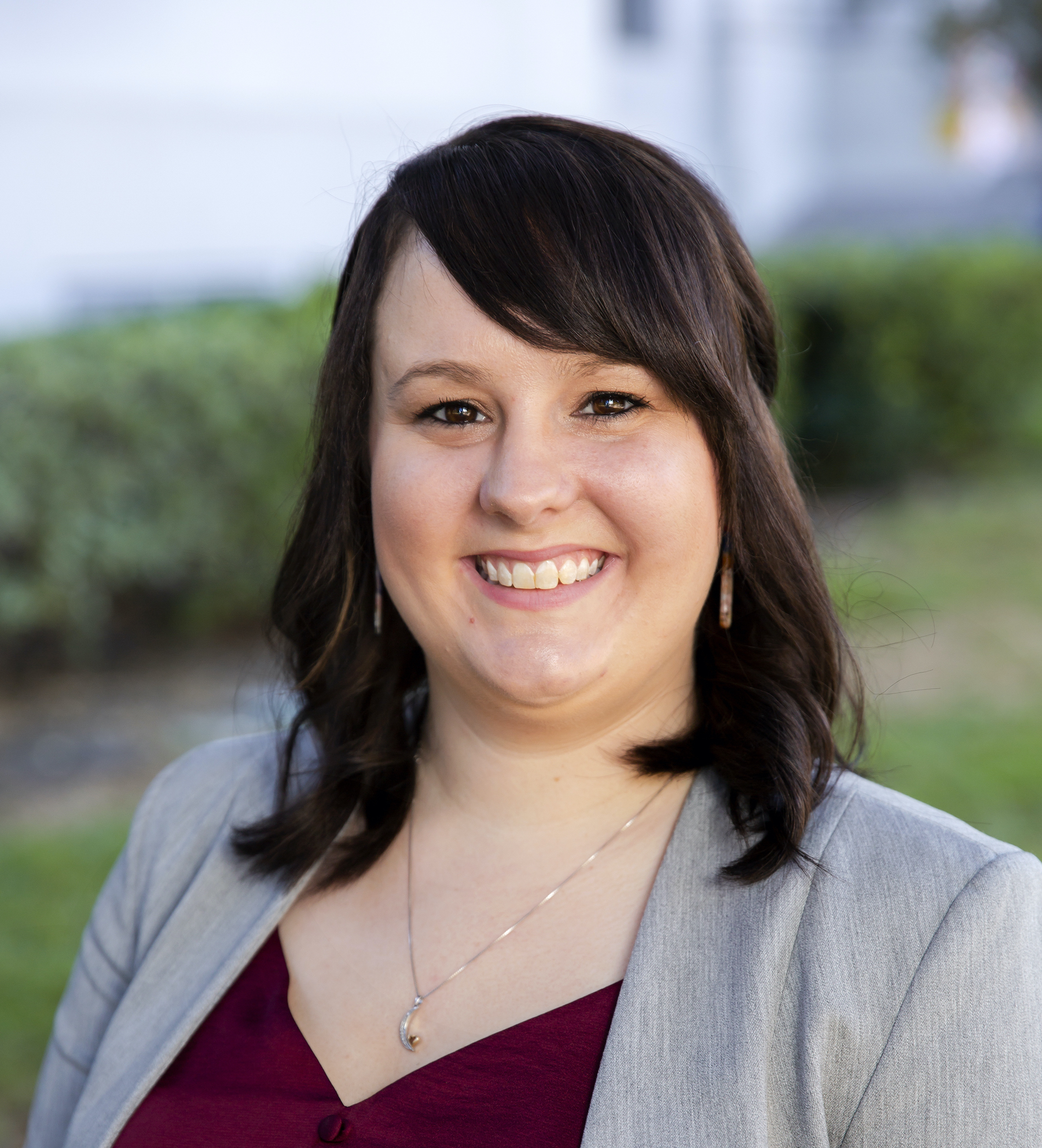
Laura Casto
Dr. Laura Casto is a Postdoctoral Scholar working with Prof. Richard Mathies and Dr. Anna Butterworth on the development of flight instrumentation for exploration of Icy Moons. Her work is focused on the optimization of chemistry and separation methods for targeted analysis of organic amines, amino acids, and carboxylic acids on microfabricated capillary electrophoresis wafers for the Microfluidic Organic Analyzer of Biosignatures (MOAB) project that is being developed as a potential instrument for in situ bioorganic marker detection on a landed Europa mission. Laura received her B.S. in Chemistry and Mathematics from West Virginia Wesleyan College in 2013 and completed her Ph.D. at The University of Tennessee, Knoxville before moving to UC Berkeley in 2019.

Emily Costello
I am early career affiliate faculty in the Department of Earth and Planetary Science at the University of Hawaiʻi at Mānoa. I study impact processes and crater chronology across the Solar System, with a specific interest in understanding how the small and frequent impacts of micrometeorites and secondaries contribute to the physical and chemical evolution of icy surfaces like Europa's. Thanks to my graduate experience on the team of the lunar scientist Dr. Paul Lucey and the Lunar Reconnaissance Orbiter, my studies of Outer Solar System surfaces are grounded in the rich heritage of lunar exploration. I have had the pleasure of thinking about Europa's surface character with Europa Lander's Dr. Cynthia Phillips since I was a graduate intern at JPL in the summer of 2019. I look forward to future collaboration will all fellow Europa-surface enthusiasts!
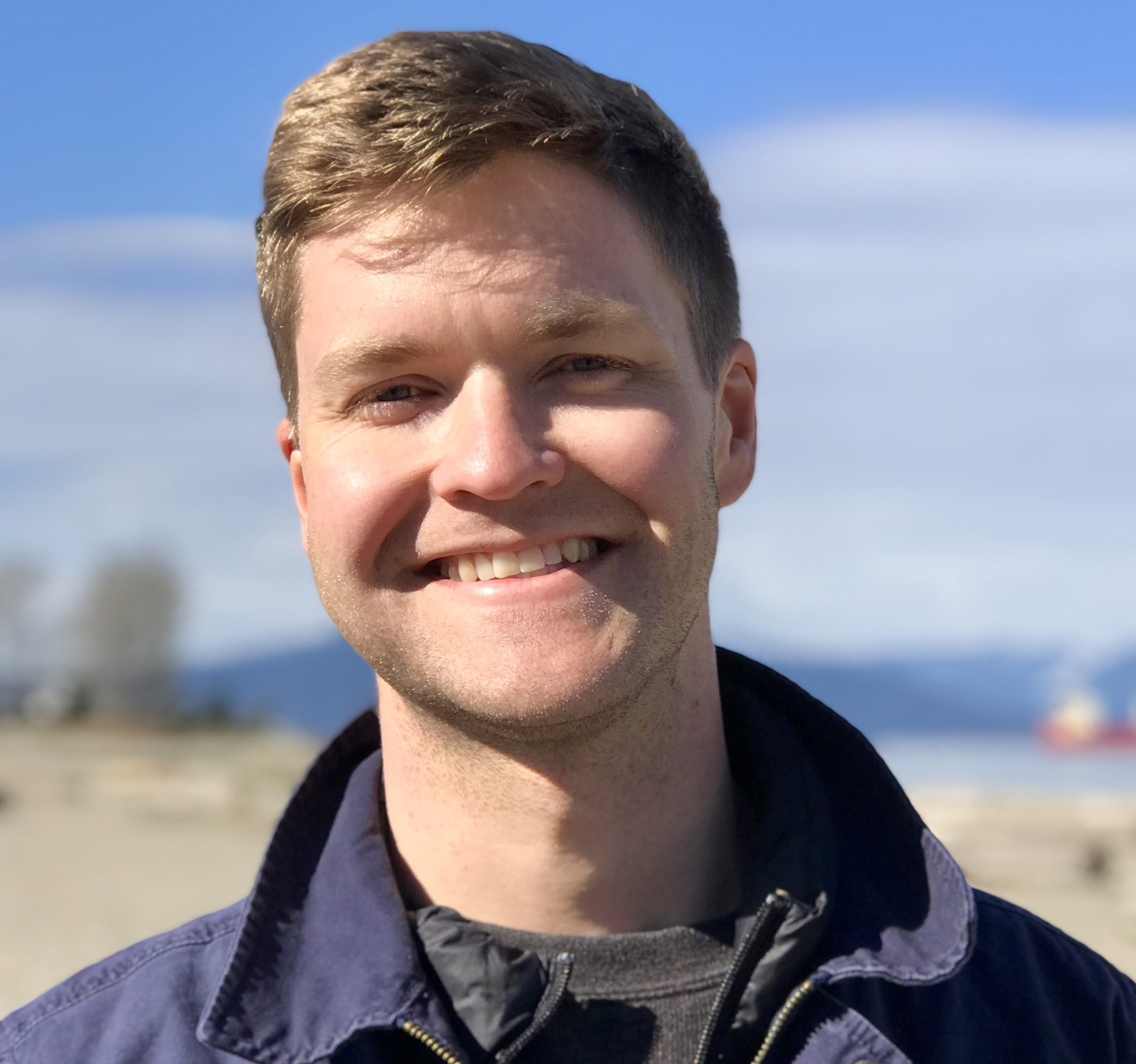
Steven Dibb
I am a Ph.D. candidate at Arizona State University working with Drs. Jim Bell, Lindy Elkins-Tanton, and Craig Hardgrove. I am passionate about the development of instrumentation for planetary science. I am leading projects for the Psyche Mission’s Multispectral Imager and the Dynamic Albedo of Neutrons instrument on MSL. Furthermore, I have contributed analysis for both the Lucy T2CAM instrument and a proposed multispectral camera for the Europa Lander. I am currently a member of the MSL Science Team as well as the Psyche Mission Team, which recently received a NASA Group Achievement Award. I am actively involved with STEM outreach, both independently and as an affiliate of the Psyche Mission.
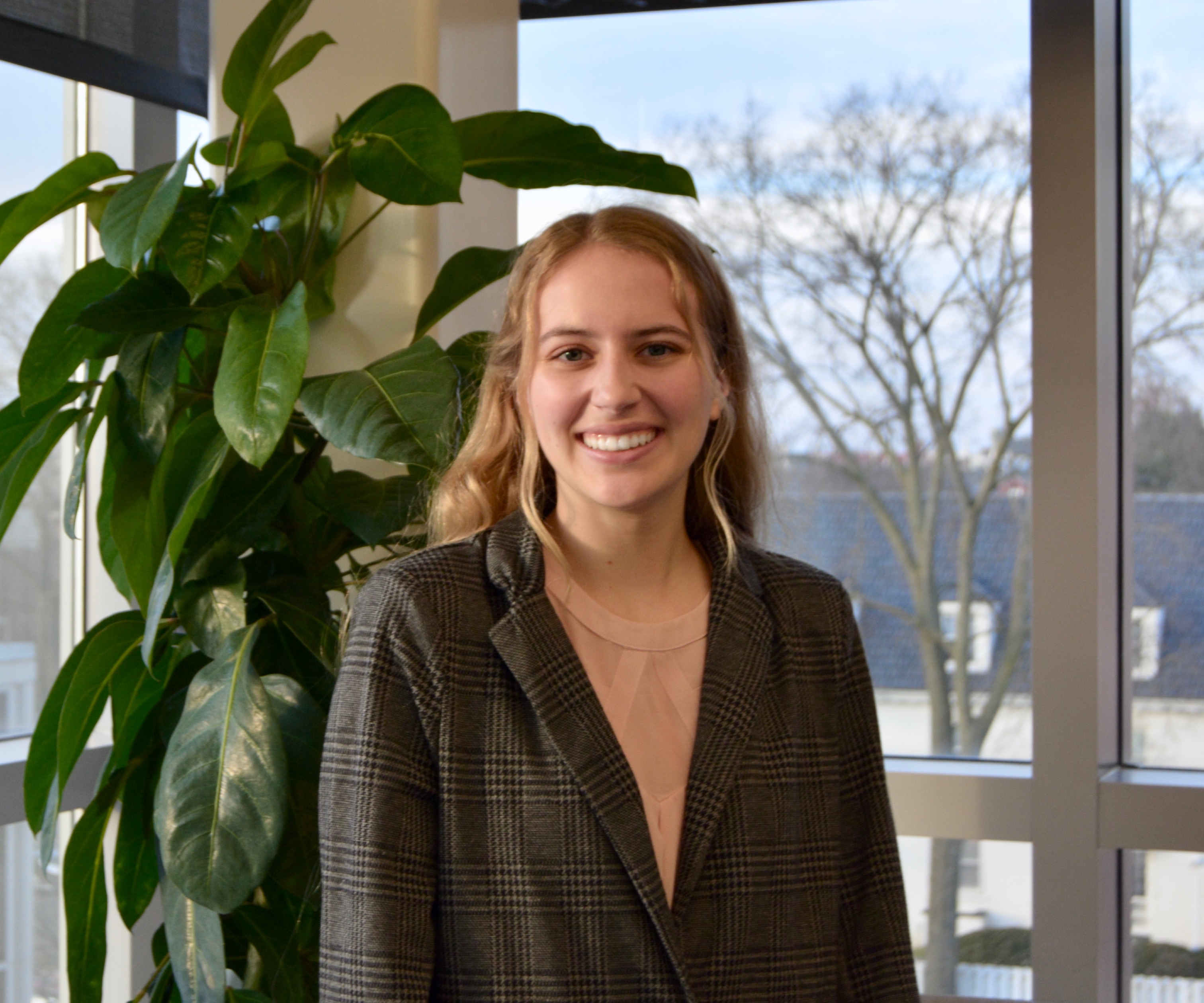
Emmy Hallett
The research that I conducted during my undergraduate and master’s level studies at the University of Illinois was focused on determining the inherent cellular functions of hyperthermophilic crenarchaeota derived from geothermal hot springs. Specific areas of work involved investigating the role of the archaeal surface layer (S-layer) structure with regards to cellular morphology and division, as well as exploring the novel genetic background of DNA methylation and the restriction modification system in these extremophiles. Currently, I am pursing my PhD at the Institut national de la recherche scientifique (INRS) while working to understand how Arctic lake microbiomes are being affected at both a community and cellular level as a result of climate change, particularly in the context of an increase in lake browning and organic matter deposition.
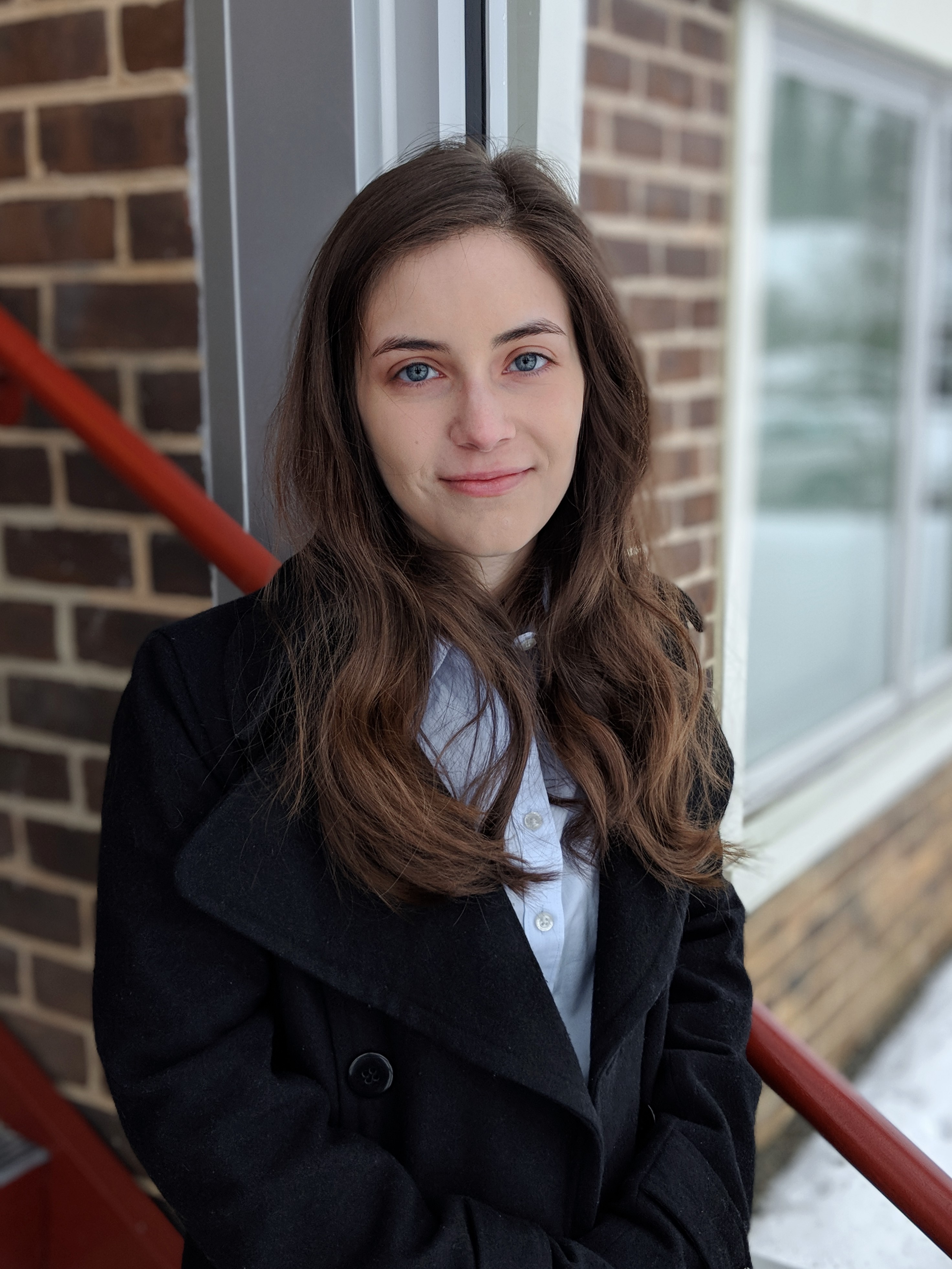
Kristen Irons
I am an analytical chemistry graduate student at the University of North Carolina at Chapel Hill. I work in Dorothy Erie's lab developing capillary electrophoresis methods for characterizing protein-DNA interactions and their products. I previously worked on a team at the Johns Hopkins Applied Physics Laboratory developing a microfluidic chip for desalinating amino acid samples from extraterrestrial environments.
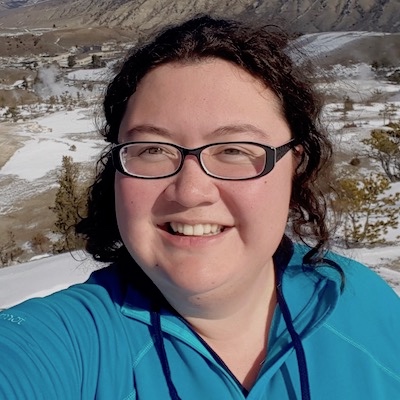
Melody Lindsay
I am a postdoc at Bigelow Laboratory for Ocean Sciences, and a geomicrobiologist primarily interested in microbial activities occurring in low-biomass environments. I am developing new methods for measuring metabolic activities of single cells which are good indicators of life across a diversity of environments, including analogs for extraterrestrial ecosystems. Hopefully, this could one day potentially aid in investigating the presence of active microorganisms in low biomass ocean habitats, and in the exploration for indicators of life in other ocean worlds.
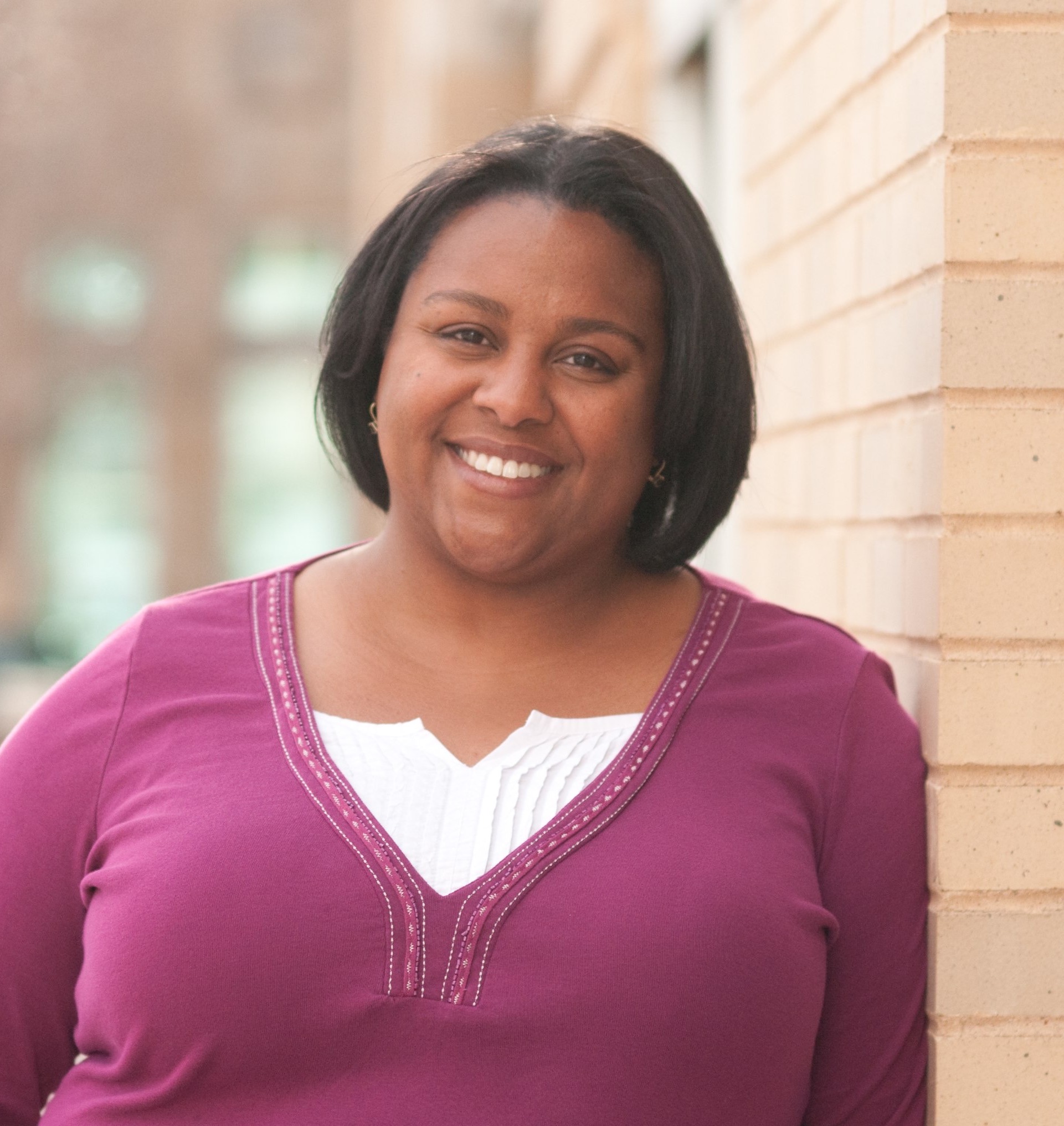
Kennda Lynch
Dr. Kennda Lynch is an early career astrobiologist and geomicrobiologist studying life in extreme environments on Earth as models for characterizing habitable environments and searching for biosignatures on other planetary bodies in our solar system and elsewhere. Dr. Lynch’s current research focuses on studying life in hypersaline environments as recent data has shown that brines are likely ubiquitous throughout the solar system and, especially on ocean worlds, are integral to habitable environments on planetary bodies. Dr. Lynch is also a proud lifetime member of the Girl Scouts. She was one of 100 women profiled in the book "Women of Space: Cool Careers on the Final Frontier" and was featured in the 2018 Netflix series "Explained" and the 2020 Netflix Series “Alien Worlds”.
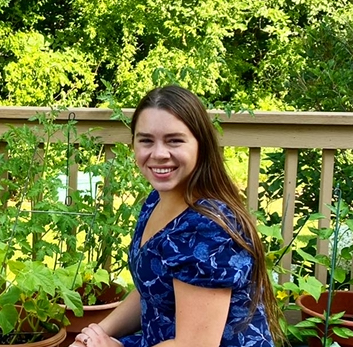
Jordan McKaig
I am a PhD student in Dr. Christopher Carr’s group at the Georgia Institute of Technology. My primary research interests involve applying single-molecule and single particle analytical techniques to microbial ecology, physiology, and genomics. I am eager to explore how microbiology capabilities developed for investigations in extreme environments, planetary analogs, and on-orbit may aid in future interplanetary life detection missions!
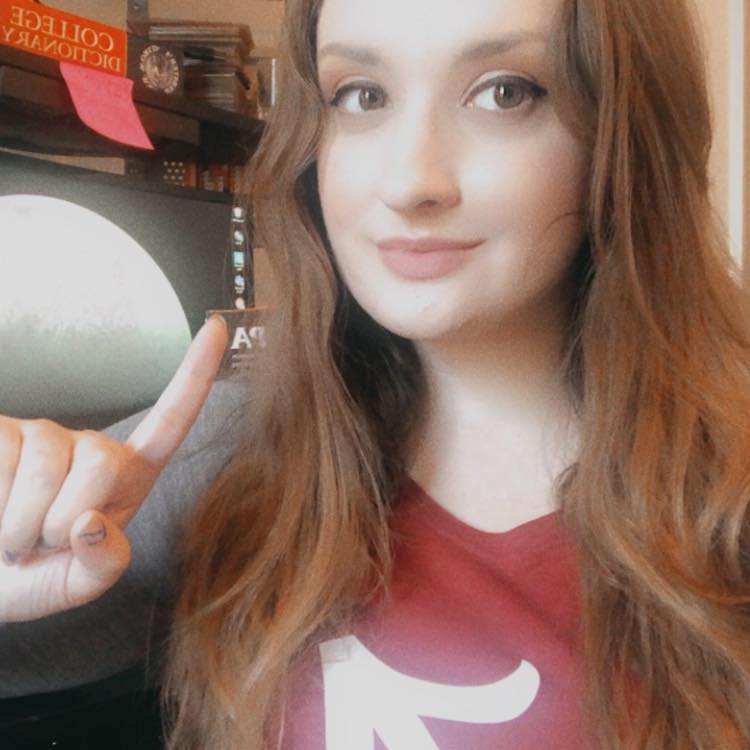
Alyssa Mills
My name is Alyssa Mills. I am currently finishing my master’s at the University of Alabama where I have been using the raw Galileo magnetic field data to understand more about the internal structure of Ganymede. Previously at University of Maryland (undergrad) and Smithsonian National Air and Space/ NASA GSFC, I had built flexure models for features on Pluto and Europa. Also at NASA GSFC I mapped viscously extruded cryovolcanoes on Europa's surface. I now have interned at NASA JPL for two consecutive summers to work on Europa Clipper project science where I mapped Europan chaos to understand morphological differences from region to region as well as try to reconcile a possible formation mechanism that can fit the observations. After completing my master’s, I will be looking for a postmaster’s position as well as doctorate programs for 2022 to continue geophysical investigations (e.g. gravity, geodesy, geodynamics) of icy bodies.
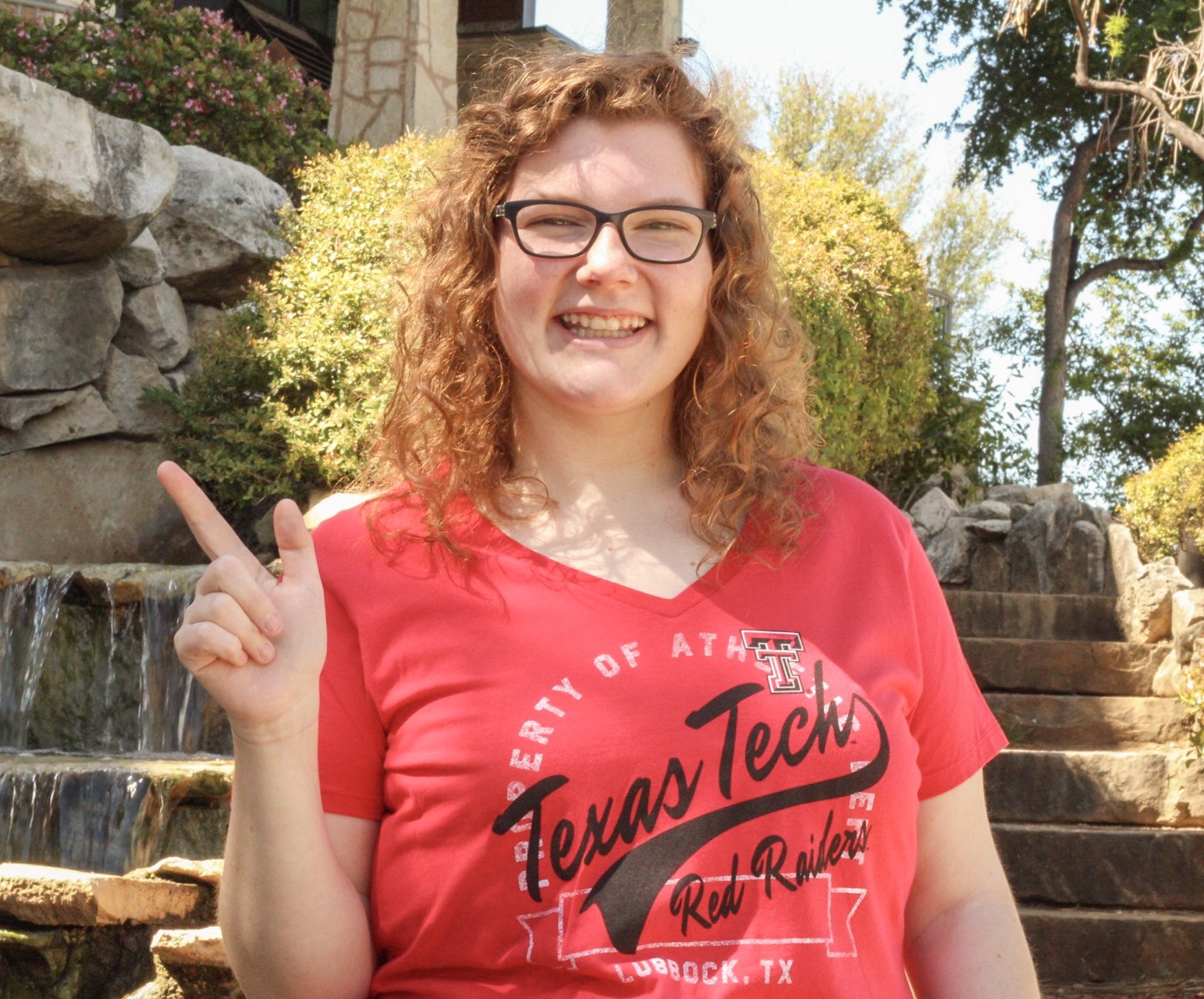
Kara Naegeli
Kara Naegeli is a geophysics master’s degree candidate focusing in planetary geophysics at Texas Tech University. She was born and raised in Austin, Texas but has called West Texas her home for the past six years. Her research is focused on the simulation and fabrication of a heat flow probe to measure the thermal conductivity of Europa’s icy, subsurface material. This research is funded through NASA’s PICASSO program and is a continuation to the instrument LISTER, which is a lunar heat flow probe that is scheduled to launch in the next few years. Kara is working with Honeybee Robotics to run the experimentation process of this project. Kara’s previous research experiences were in environmental geophysics, planetary geophysics, and astrophysics during her bachelor’s degree.
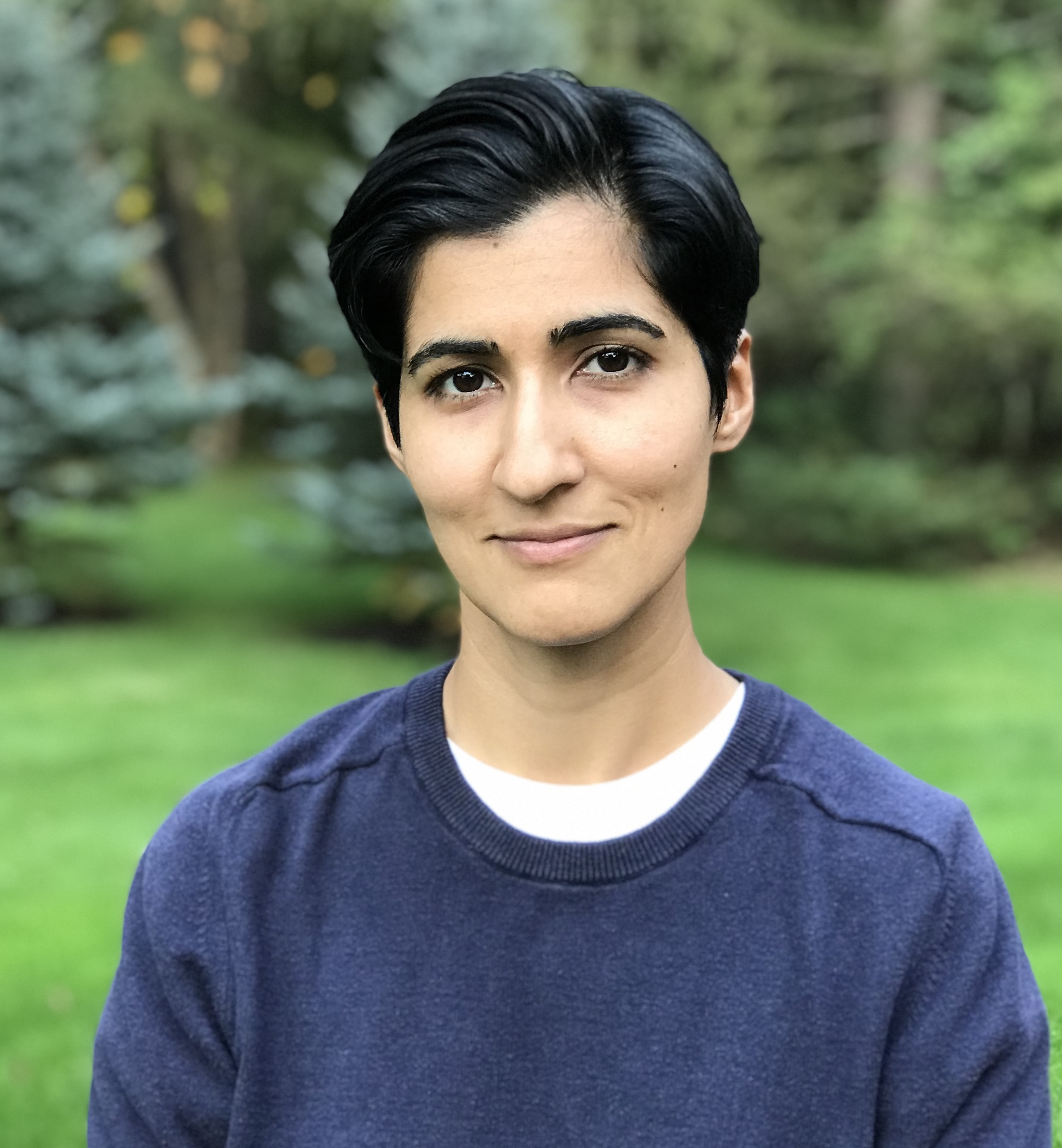
Neveda Naz
Neveda is a Postdoctoral Scholar in Planetary Sciences and Astrobiology at the Kounaves Lab in the Department of Chemistry at Tufts University. Her research interests include the potential habitability of Mars and icy worlds, extremophile bacteria, and the limits under which microbial life can survive. Within her current role, she leads research on 1) The development and optimization of ion selective electrodes (ISEs) to analyze the geochemistry of plume and brine samples from Enceladus and Europa, 2) Bacterial survival in Martian analogue conditions, and 3) The study of extremophile microbes isolated from the Atacama Desert. As part of the NASA funded COLDTech and MICA projects, she is adapting ISEs previously used on the 2008 Mars Phoenix Lander for future icy world missions. Neveda completed her MSc in Medical and Molecular Microbiology at the University of Manchester, UK followed by a PhD in Microbial Pathogenicity at the London School of Hygiene and Tropical Medicine.
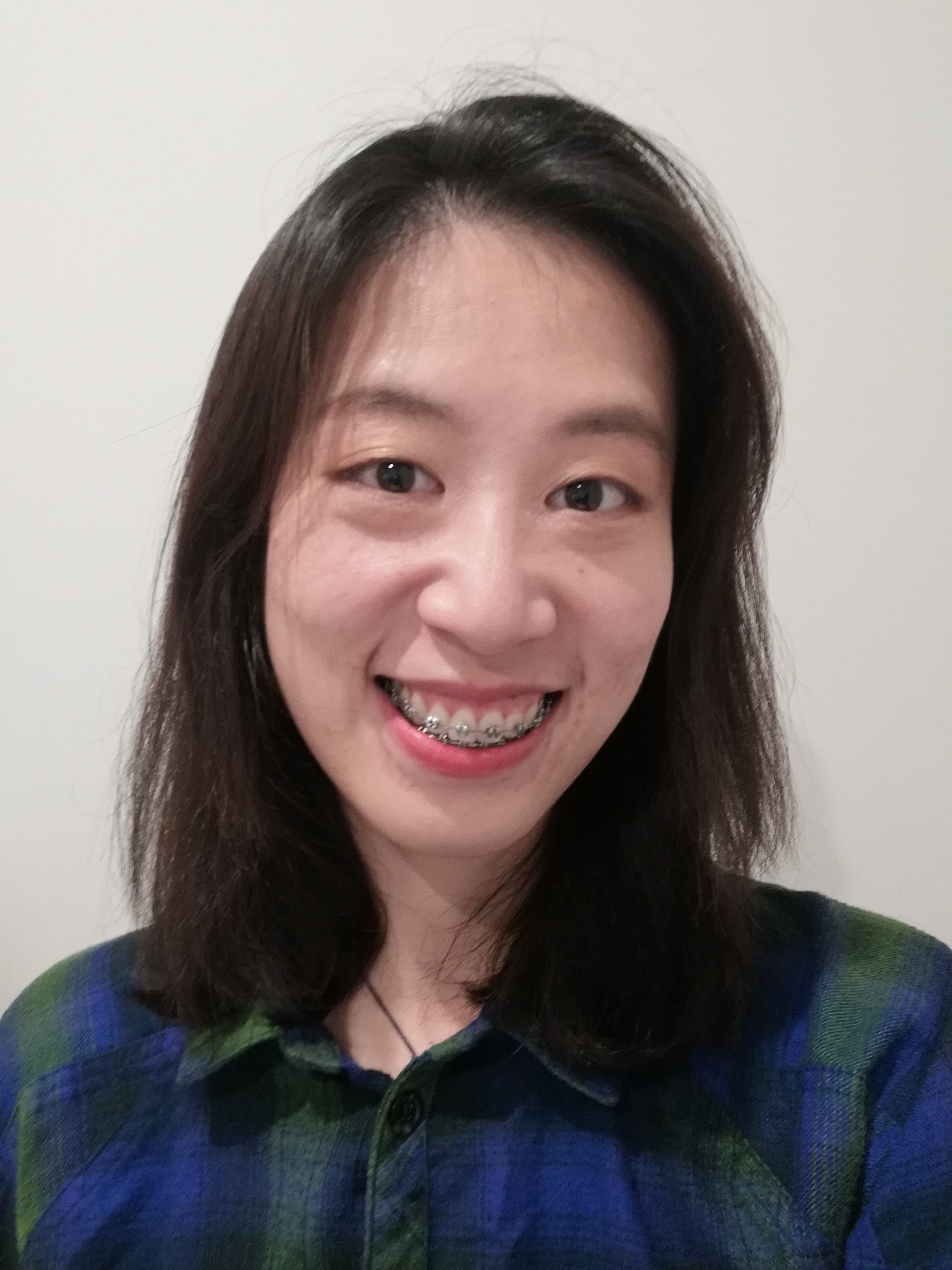
Ziqin (Grace) Ni
Ziqin (Grace) Ni is a Ph.D. candidate in the Department of Geology at the University of Maryland College Park. As a team member of Characterization of Ocean Residues And Life Signatures (CORALS), her current research focuses on the development of innovative analytical techniques to detect and characterize organic compounds. These techniques include (1) to characterize molecular structure by intentionally fragmenting molecular ions using a tunable laser; (2) to derive molecular collisional cross section values and thus differentiate structural isomers by using time-series data obtained from Orbitrap analyzer; (3) to examine spatial patterns with minimum analyses by using spatial-resolved laser measurements and spatial statistical methods such as kriging variogram. Grace spends her spare time running, biking, learning graphic designs, and exploring art in sciences. Grace likes pretty things, especially chic clothes and croissant.
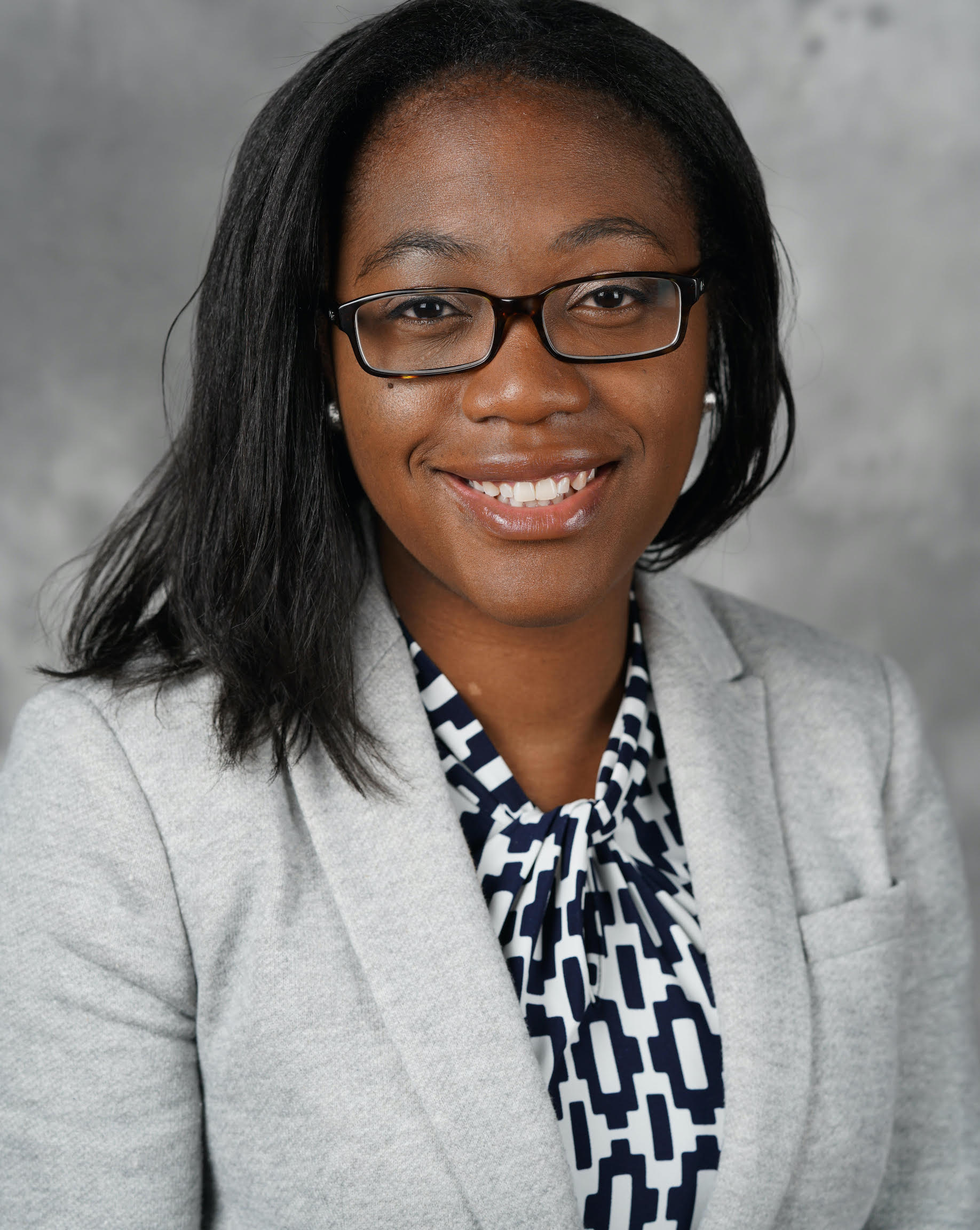
Korine A. Ohiri
Korine A. Ohiri is a senior research engineer in APL’s Research and Exploratory Development Department. She has a BS in mechanical engineering from the University of Maryland, Baltimore County, and an MS and a PhD in mechanical engineering and materials science from Duke University. Korine’s research activities focus on developing integrated microsystems with novel materials for fine fluid and electrical control. This spans diverse fields ranging from microfluidics for biological sample handling, to wearable electronics, printed electronics, and conventional microfabrication. Her key area of recent focus in astrobiology involves developing microfluidic systems with low size, weight, and power for sample preparation, purification, and concentration.
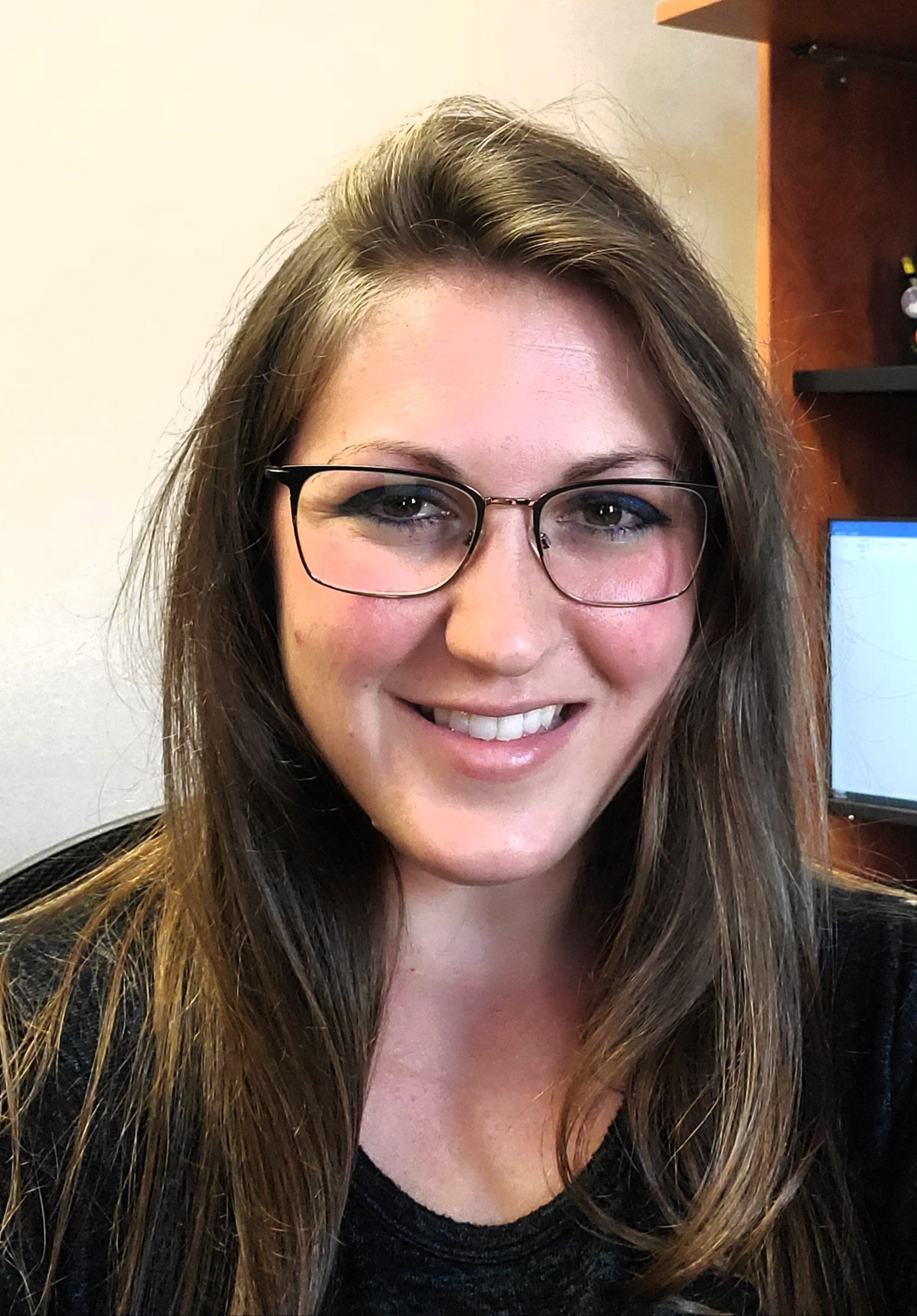
Nicole Parsley
Bioanalytical chemist; recently graduated (UNC-CH, 2020), background in LC, mass spectrometry, and expert dog wrangler.
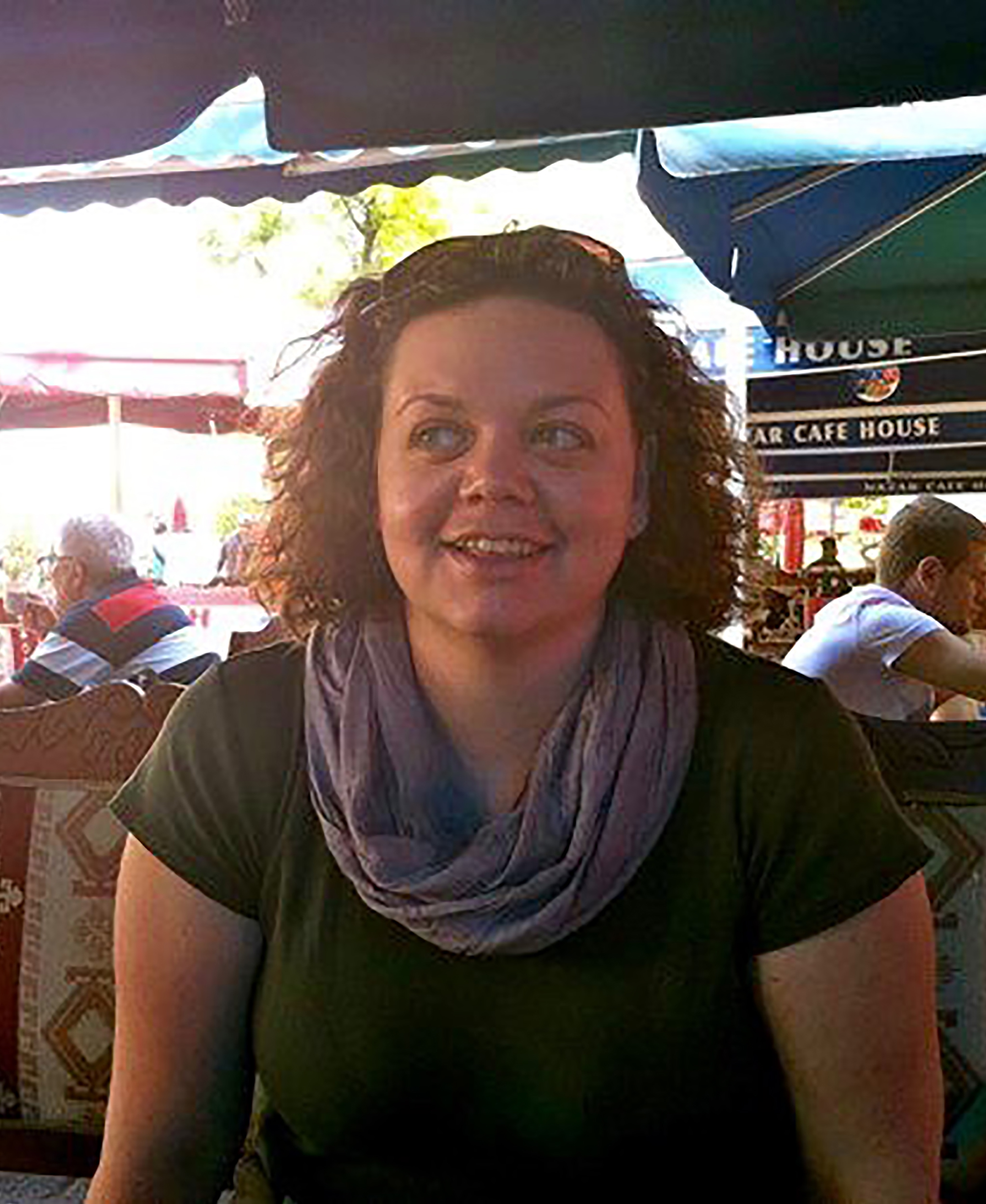
Charity Phillips-Lander
Phillips-Lander is an astrobiologist who specializes in characterizing the habitability and biosignature potential of extreme environments including lava caves, supraglacial systems, acid-sulfate hydrothermal systems, and brines. She researched chemical weathering in brines to determine weathering rates, products, and biosignature preservation on rocky planetary bodies and developed expertise in analyzing planetary fluid compositions using Raman spectroscopy and has extended this to characterizing biosignatures in ice using iCERS Raman Spectroscopy. She serves as the Project Scientist for the Europa Raman Spectrograph for Ocean Worlds. She also serves as the Principal Investigator for the Portable and LAboratory Cavity Enhanced Raman spectrograph for Astrobiology (PLACER- Astrobiology).
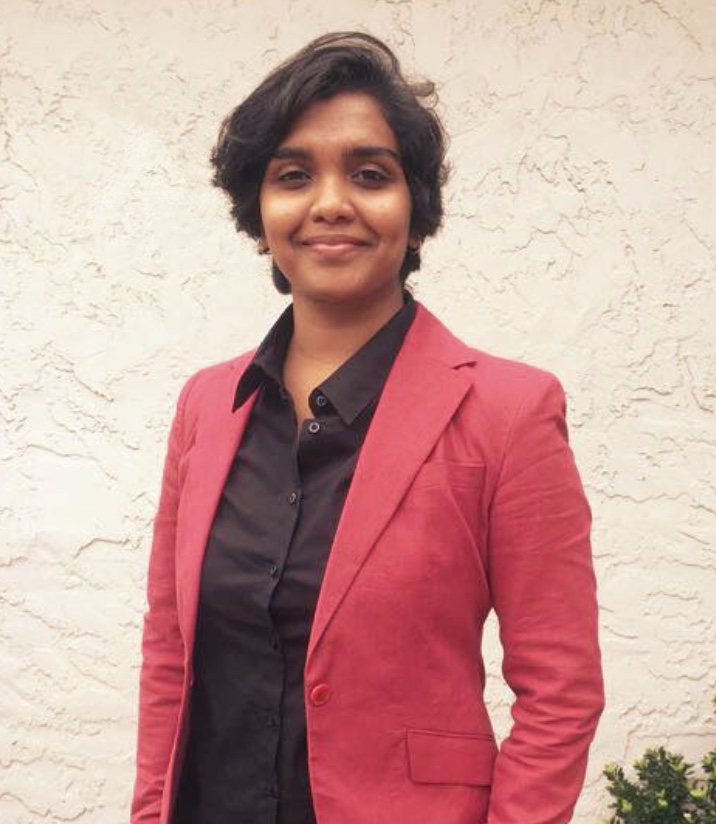
Chinmayee Govinda Raj
Chinmayee is a third-year graduate student of chemistry at the Georgia Institute of Technology. Her areas of research include astrobiology and space engineering. She is a NASA Future investigator (FINESST fellow, 2020) working on kinetic penetrators for icy ocean worlds. Initially funded through NASA PICASSO, her work focuses on designing and building impact resistant micro-electrochemical and optical analytical instrumentation for characterization of chemical species on microfluidic platforms using rapid prototyping techniques. A fair amount of her day is spent on thinking of TRL elevation pathways and implementing them to impress her advisor/overlord/savior, Dr. Amanda Stockton. Chinmayee is also serving as the Co-I on a project aimed at subjecting unassuming methanogens to Europan analog environments created in a lab setting and recording their agony using a set of eight real-time electrochemical sensors. This work is funded through the Ames Research Innovation Award (ARIA-2021).
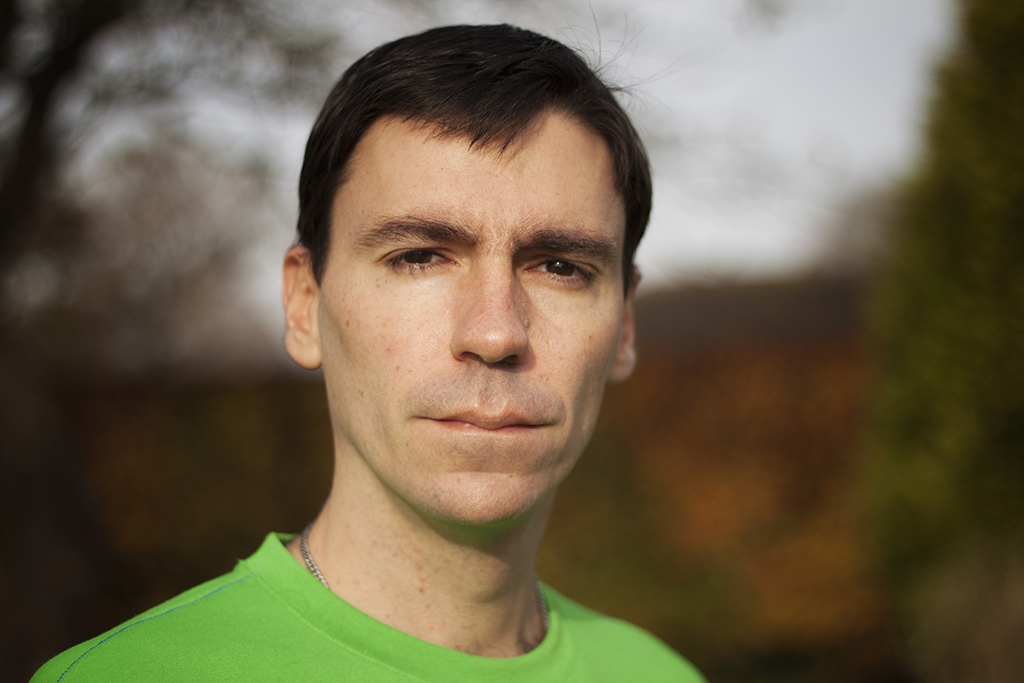
Leonardo Regoli
I am a researcher at the Johns Hopkins University Applied Physics Lab, studying different aspects of magnetospheric physics at different bodies in the solar system. I am particularly interested in the interaction of moons with their parent magnetospheres, as well as in the atmospheric escape from terrestrial planets. I have been actively involved in studying the interaction of energetic particles with the surface of Europa and, as part of an ICEE-2 grant, I have been involved in the development and testing of a magnetometer system to measure induction signals at the surface.
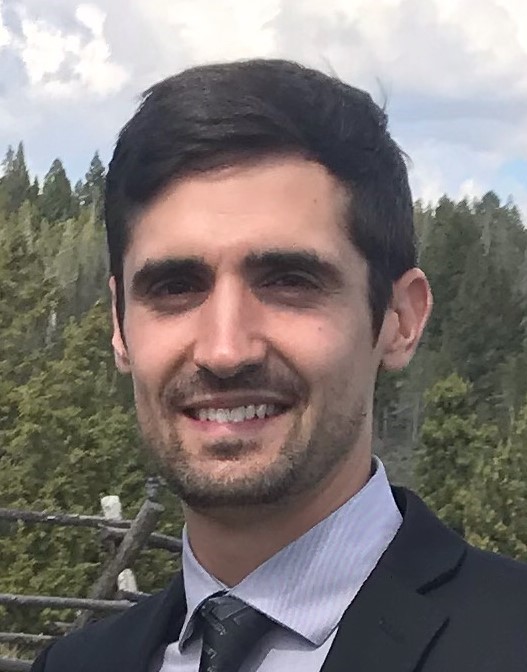
Kirt Robinson
I am currently a NASA Astrobiology Postdoctoral Fellow at Woods Hole Oceanographic Institution. I am also on the Steering Committee for NASA’s Network for Ocean Worlds (NOW), a member of NOW’s Future Leaders of Ocean Worlds, a member of NASA’s Exploring Ocean Worlds Team, and an affiliate for NASA’s Europa Clipper Mission Science Team. My research involves developing new geochemical tracers and assessing the habitability of natural systems. The geochemical tracer method I am developing compares relative abundances of chemical species to thermodynamic reaction properties to constrain temperature, pressure, pH, and other compositional variables of relevance to water-rock reactions and the generation of habitable conditions in subsurface environments. The underlying method for inferring subsurface geochemical conditions can be restructured to quantify the available metabolic energy for chemotrophic life in a given system, which has implications for the search for life.
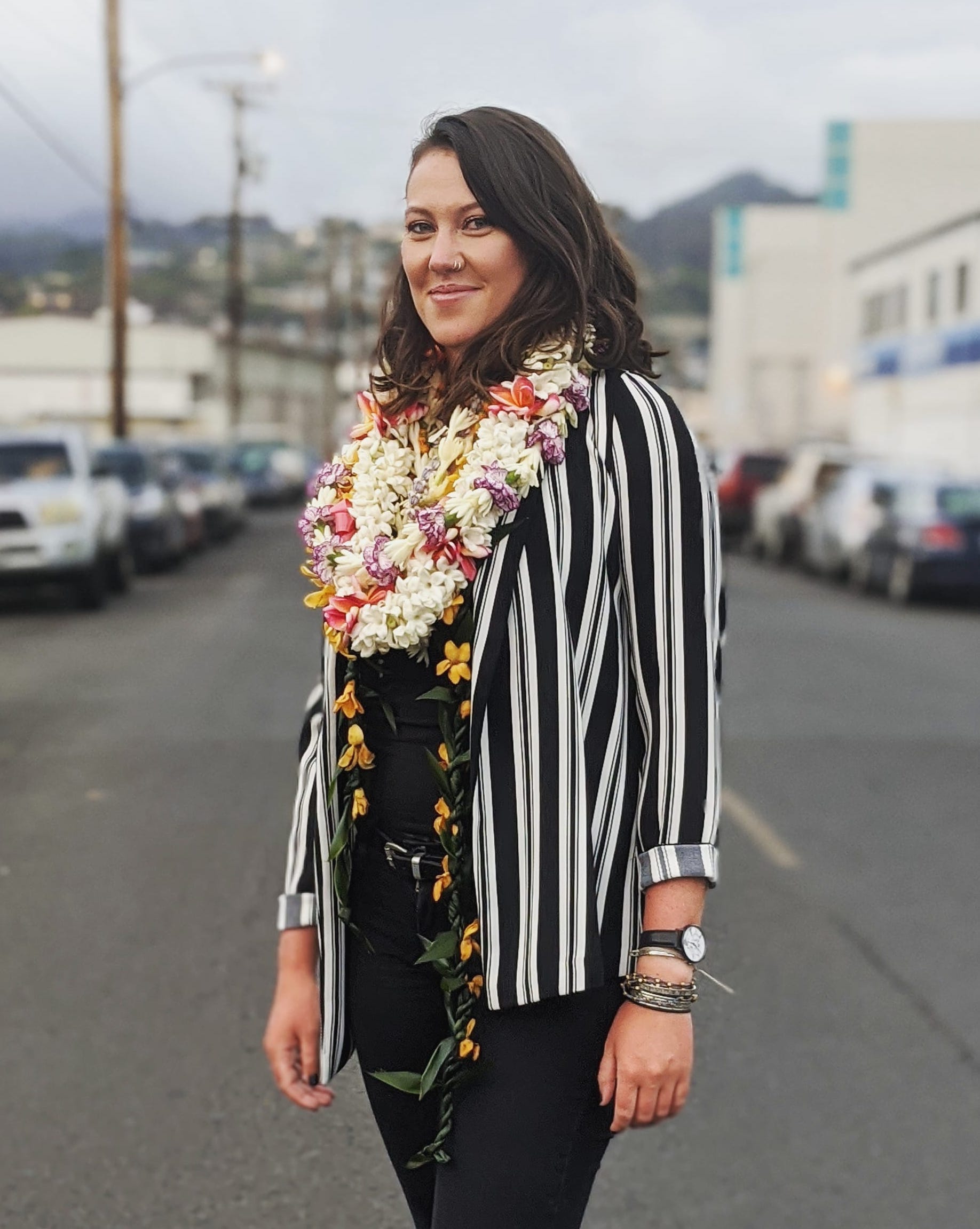
Macey Sandford
I am a recent PhD graduate in planetary science from the University of Hawaii at Manoa. While there, I worked in the Raman spectroscopy lab to help develop remote Raman spectrometers for planetary exploration. One of the chapters in my dissertation emphasized Ocean Worlds and aimed to describe how useful a Raman spectrometer could be at the surface, through the ice, and into the oceans of these worlds. Since my defense, I have become a payload systems engineer at Ball Aerospace. I have stepped towards instrumentation in this new role, but intend to always keep science close by!
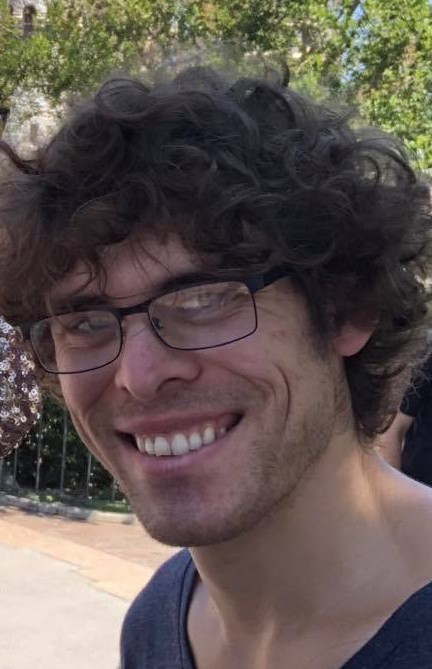
K. Marshall Seaton
Marshall is a fourth-year chemistry PhD candidate and at the Georgia Institute of Technology conducting research under Dr. Amanda Stockton. Funded under the Future Investigator in NASA Earth and Space Science and Technology (FINESST) award, Marshall's research focuses on both simulating hypervelocity ice grain sampling in Enceladus plume capture conditions in the laboratory as well as the development of analytical methodologies to help characterize planetary analogues here on Earth to inform future planetary missions to these environments.
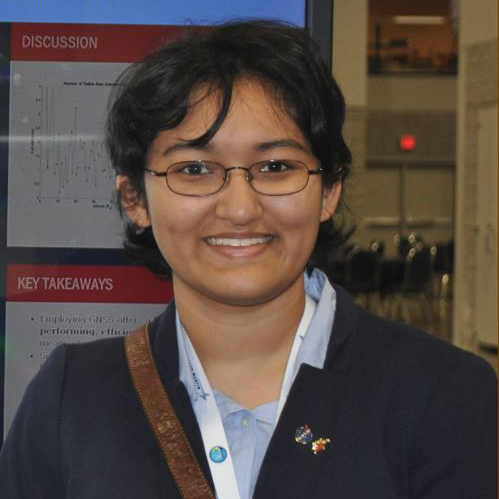
Caitlyn Singam
Caitlyn is an INCOSE-certified systems engineer with a M.Sc. in systems engineering and a B.Sc. in biology with a particular interest in designing and implementing original concepts in support of astrobiology/aerospace missions. Her prior work includes developing an interplanetary landing site selection algorithm, a novel signal routing approach for disruption-tolerant networks, and a system for microbial sample collection in nearspace. Caitlyn has been lead or solo author on 20 different publications/presentations over the past four years, and has been honored for her research on the regional, national, and international levels - most recently as solo author of a paper selected as one of the best in conference at the 16th International Conference on Space Operations. She is also a Clark Foundation Doctoral Fellow, National Science Foundation Fellow, and a member of Johns Hopkins University’s Study of Exceptional Talent (as one of the top 0.1% of academic performers internationally).
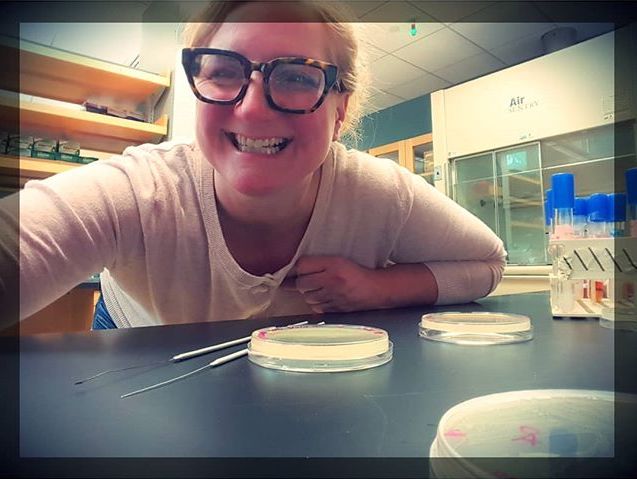
Amy Smith
I am currently a Research Scientist with the Marine Biological Laboratory and Woods Hole Oceanographic Institution working on the geomicrobiology of oceanic crust and hydrothermal vents as well as nutrient cycling in coastal ecosystems. This summer I will begin an Assistant Professor of Biology position at Bard College at Simon's Rock. I have been involved with the Network for Ocean Worlds and was a postdoc for the NASA-funded SUBSEA project. I am interested in early metabolisms, including carbon fixation, and life in rocks and ice.

Calley Tinsman
Calley is a curious and motivated physics graduate in her early career at the Johns Hopkins Applied Physics Lab. She combines her expertise in space and software to provide analysis and software support for science teams and space mission instruments, including the Europa Lander Stereo Spectral Imaging Experiment (ELSSIE) and the Europa Imaging System (EIS). With her image processing knowledge and advanced Python skills, she is leading the effort to create synthetic data products and an end-to-end simulation of the ELSSIE onboard data processing pipeline to inform the pipeline and DPU designs. Calley is also providing support to the EIS calibration team by analyzing calibration data to characterize EIS detectors in addition to exercising her web development skills to manage the EIS Science Operations Center website. She is currently pursuing a master’s degree in computer science at Johns Hopkins University.

Tessa Van Volkenburg
I am a chemical engineer working in the Materials Research group at the JHU Applied Physics Laboratory. I joined APL in 2018, and since then my primary role has been to synthesize novel materials and evaluate their performance for field deployment. My project portfolio includes stimuli-responsive polymers, lipid vesicles for signal amplification, and deep ocean piezoresistive sensors. Most notably as part of an ICEE 2 grant, I have been helping develop a microfluidic separation column for the purification of amino acids. This allows for higher derivatization yields and increased downstream detection by removing salts and other contaminants from the sample matrix. I am looking forward to discussing our work more, and learning about other astrobiology related projects!
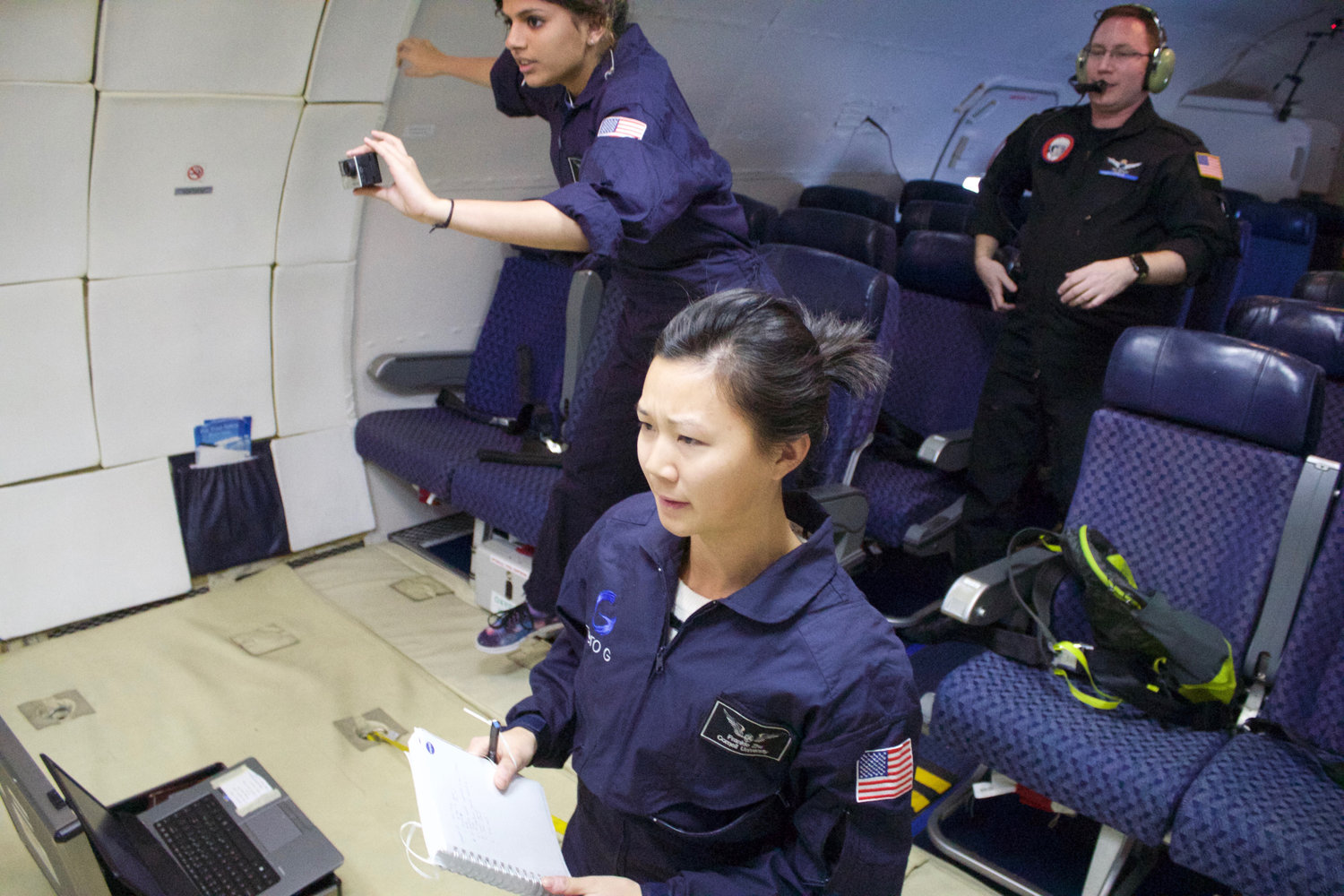
Frances Zhu
Frances Zhu earned her B.S. in Mechanical and Aerospace Engineering from Cornell University, Ithaca in 2014 and a Ph.D. in Aerospace Engineering at Cornell in 2019. From 2014 to 2019, she was a Research Assistant with the Space Systems Design Studio, specializing in dynamics, systems, and controls engineering. Her research interests include flux pinned interface applications, spacecraft system architectures, robot dynamics, estimation, and controls. Dr. Zhu was a NASA Space Technology Research Fellow. Currently, she is an Assistant Researcher at University of Hawai’i in the topic of space robotics and machine learning.